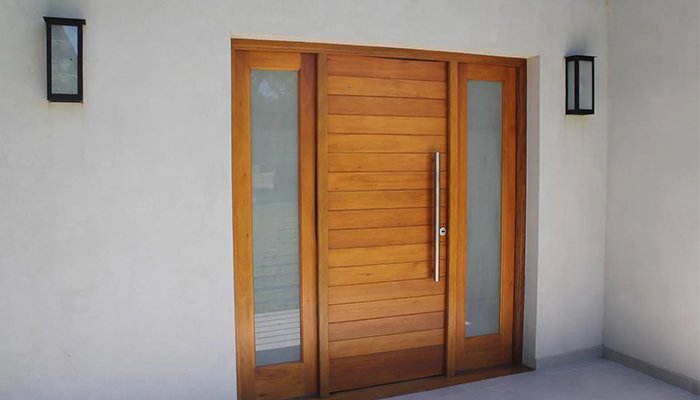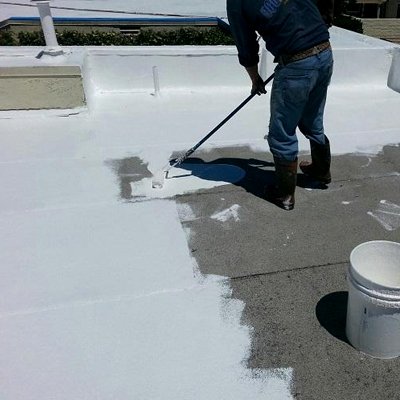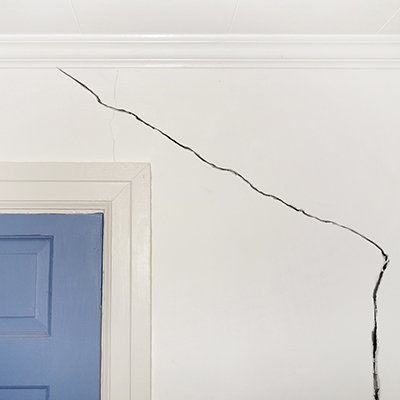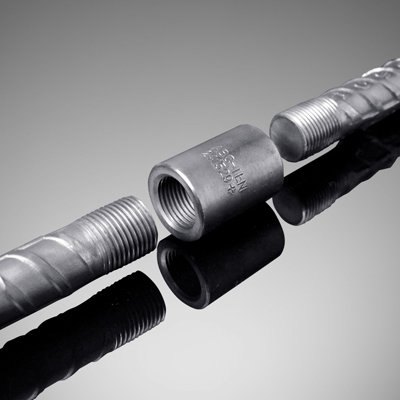VACUUM DEWATERING CONCRETE TECHNOLOGY
The vacuum dewatering process basically improves strength, durability, and other properties of concrete by reducing the water-cement ratio immediately after the mix is placed, usually in floors and other flatwork. In this technique, the excess water after placement and compaction of concrete is sucked out with the help of vacuum pumps. This technique is effectively used in industrial floors, parking lots and deck slabs of bridges etc. The magnitude of applied vacuum is usually about 0.08 MPa and the water content is reduced by upto 15-25%.
This process improves all the properties of concrete like wear resistance, compressive strength, less shrinkage, and minimum water permeability. It is also helpful in controlled and uniform surface finish. Vacuum treatment of concrete has been refined to specially address concreting of large exposed surfaces in hot weather condition. The effectiveness of the process reduces with time and is generally only applied for up to 30 minutes.
EQUIPMENT & MATERIAL USED:
1. Vacuum pump: Vacuum pump is a small but strong pump of 5 to 10 HP. Water is extracted by vacuum and stored in the water separator. The mats are placed over fine filter pads, which prevent the removal of cement with water.
2. Water separator: Proper control on the magnitude of the water removed is equal to the contraction in total volume of concrete. About 3% reduction in concrete layer depth takes place. Filtering pad consists of rigid backing sheet, expanded metal, wire gauze or muslin cloth sheet.
3. Filtering pad: A rubber seal is also fitted around the filtering pad filtering pad should have minimum dimension of 90cm x 60cm.
4. Screed board vibrator: Vibro screed is used for the leveling as well as compaction of concrete. It consists of high quality steel bar with spacing of 250 mm in between.
5. Cement: The ingredients of cement primarily consist of calcareous materials in the form of limestone, chalks and marl and argillaceous materials.
6. Fine Aggregate: Fine aggregate is a material such as sand, crushed stones or crushed gravel passing through 4.75 mm size. Locally available sand is used as fine aggregate in the concrete mix.
7. Coarse Aggregate: Two single sized crushed stone aggregates ranging from 12.5 mm to 2.36 mm and 20 mm to 4.75 mm (10mm and 20mm sizes) were used in respective proportions in concrete mixes.
Discussion about Testing:
- Workability Test
- Initial Setting Time of Cement
- Final Setting Time of Cement
- Compressive Strength Test
- Flexural Strength Test
- Tensile Strength, etc.
Process for Vacuum Dewatering:
- The vacuum dewatering process removes surplus water present in the concrete.
- This is done using the vacuum equipment comprising of suction mat top cover, filter pads and vacuum pump.
- This process starts immediately after surface vibration.
- Filter pads are placed on the fresh concrete leaving about 4 inches of fresh concrete exposed on all sides.
- The top cover is then placed on the filter pads and rolled out till it covers the strips of exposed concrete on all sides
- The top cover is then connected to the vacuum pump through a suction hose and the pump is started.
- Vacuum is immediately created between the filter pads and the top cover.
- Atmospheric pressure compresses the concrete and the surplus water is squeezed out.
- This process lowers the water content in the concrete by 15-25 %.
- The dewatered concrete is compacted and dried to such an extent that is possible to walk on it without leaving any footprints.
- This is the indication of concrete being properly dewatered and ready for finishing.
Advantages:
- Due to dewatering through vacuum, both workability and high strength are achieved simultaneously.
- Level floor, flatness accuracy.
- Void free & denser concrete.
- It gains early setting time.
- Impact resistance increased by 10%.
- Concrete become corrosion resistance.
- It enhances the wear resistance of concrete surface.
- Abrasion resistance increased in concrete.
Disadvantages:
- Need specific equipment.
- High power consumption.
- Need trained labor.
- High initial cost.
Applications:
- Industrial floor sheds like cold Storage, etc.
- Workshops.
- Railway goods, Platforms.
- Go downs, Warehouse etc.
- Canals.
- Hydropower plant.
- Airport runway / Hangers
- Bridge port and Harbour.
Vacuum dewatering concrete is very important in modern construction in the context of economy, facility, modern technology and comfort. It is very useful special purpose project like for Warehouse, Parking area, industrial flooring, Pavement and Bridge. In which increase in compressive strength, corrosion resistance, tensile strength, flexural strength, workability, durability and decrease in permeability, shrinkage, minimize the cracks and concrete become denser than conventional concrete. And now a day vacuum dewatering process is very easily used in the construction industry by using any modern techniques and machineries. Good quality of floor and pavement can be obtained. 200 to 250 sqm concrete flooring can be done in 8-10 hours. And 15 to 25% water extracted out with the increases the compressive strength about 20-25%.





